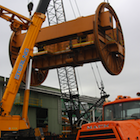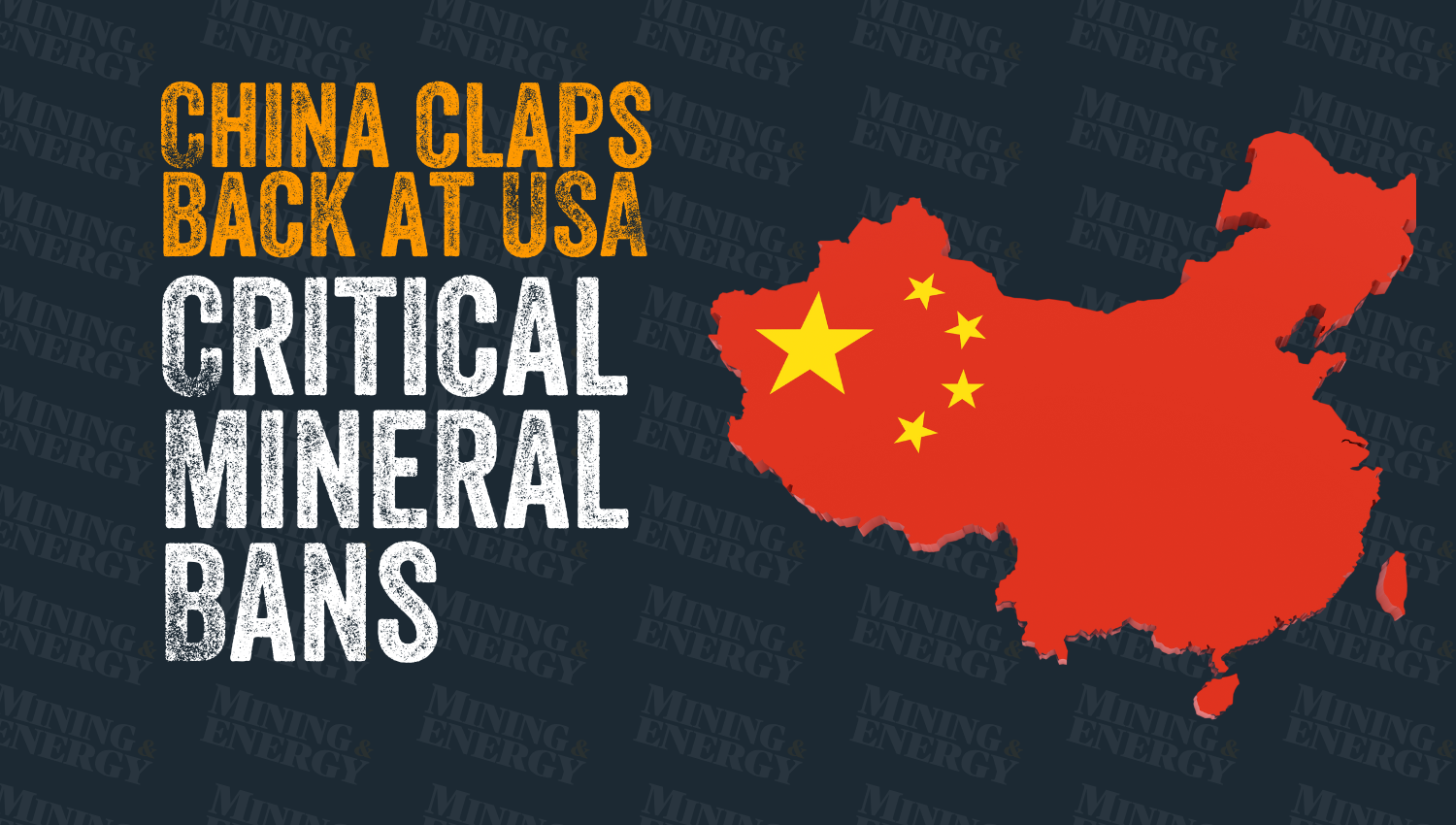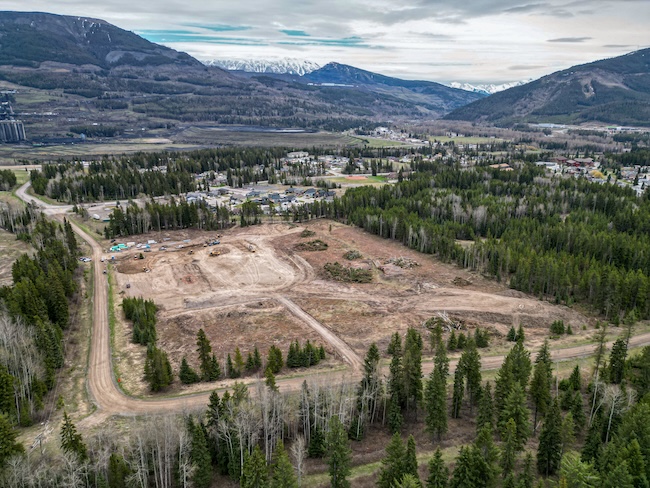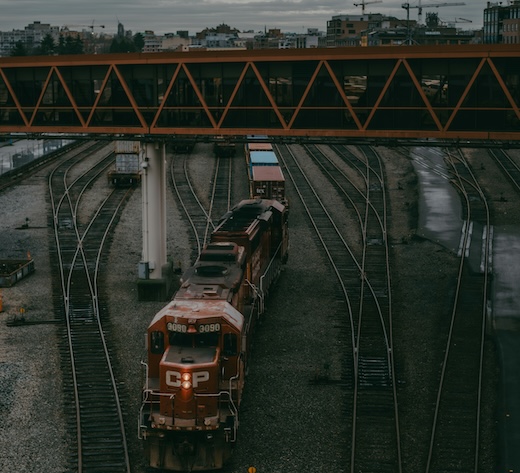Westshore Terminals looks ahead with optimism

1 of 2CSK Brilliance loading at Westshore’s Berth One deep-sea dock. — Photo courtesy of Ray Dykes2 of 2It took a gentle hand to seat the second new
1 of 2CSK Brilliance loading at Westshore’s Berth One deep-sea dock. — Photo courtesy of Ray Dykes
A $100-million upgrade at Westshore Terminals will increase the facility’s throughput capacity to 33 million tonnes, securing its position as Canada’s largest capacity coal export terminal.
Westshore Terminals has been the busiest coal export terminal in all of North America for a decade or more; last year, in fact, it shipped a record 27.3 million tonnes of coal—both steelmaking and energy, or thermal, coal—to some 20-plus countries.
The company intends to retain its status as Canada’s largest capacity coal export terminal, despite expansions planned or underway at Ridley Terminals in the Port of Prince Rupert and Neptune Bulk Terminals in the Inner Harbour of Port Metro Vancouver.
The first phase of Westshore’s equipment upgrade, valued at $47 million, began in 2007 with Metso Minerals replacing one of the two barrels in Westshore’s twin rotary coal car dumper.
Sandvik was commissioned in the spring of 2010 to add a fourth stacker-reclaimer. Other work included a new conveyor line and auxiliary equipment to serve the new stacker-reclaimer.
“A debottlenecking study followed and it identified choke points curtailing the smooth flow of coal on the site,” said Ray Dykes, public relations representative for Westshore Terminals. “These were targeted in the second three-year phase.”
Phase 2 was completed in December 2012 and was valued at $53 million. It began with the replacement of old, worn chutes—on four of the seven major transfer towers on site—with new Flexco chutes; in addition, a 20-year-old single-barrel Dumper 32 was removed. Crews installed a new twin dumper in its expanded footprint.
Part of that work saw Metso install a new entry positioner on the new twin dumper set, and exit positioners were installed for the first time on both dumpers. To take advantage of the shutdown, Westshore did a variety of site improvements, including the upgrade of the major chutes.
“All of this meant the site was a collection of construction trailers and a mass of huge equipment—including two giant cranes used to lift the old dumper out and two new ones into position,” said Dykes. “And it rained, making the site a sloppy mess, especially around the big equipment.”
Westshore’s footprint at Roberts Bank has not changed and remains at 54 hectares, but the expansion will mean more coal trains per day. The impact on surrounding communities is being mitigated by a level-crossing traffic-improvement project underway through Port Metro Vancouver. BC Rail, which controls the final 24.1 miles of rail track into Roberts Bank, is also adding two sidings to allow speedier train movement.
Westshore Terminals was created from reclamation by dredging and shipments of sand and aggregate between 1968 and 1970. The terminal opened for its first ship, the Snow White, in early May of 1970 and was officially opened at a ceremony by Pierre Trudeau, prime minister at the time, and B.C.’s premier, W.A.C. Bennett, on June 15, 1970.
“In those days, the single-pod terminal (it now consists of four pods) covered 20 hectares and had a capacity of 8.5 million tonnes,” said Dykes. “Westshore shipped 1.4 million tonnes in that first year on 33 ships.”
A significant expansion in 1983-84 quadrupled Westshore in size to 54 hectares, adding a new deep-sea berth, a twin coal car dumper and other heavy equipment. Over the past five years, Westshore has increased its capacity from 23.5 million tonnes to 33 million tonnes, employing 300 full-time workers and operating 24 hours a day, 364 days a year.
Westshore Terminals is already Canada’s premier coal export terminal and, by one recent report, is responsible for shipping nine per cent of the world’s metallurgical coal. In recent years, however, shipments of thermal coal have also increased. In 2011, Westshore set a record for U.S. shipments of export coal at 8.2 million tonnes, largely from the Powder River Basin in Montana and Wyoming.
The equipment upgrade will allow Westshore to better serve its Canadian coal customers—Teck Coal Limited, Grande Cache Coal Corporation and Coal Valley Resources—as well as Cloud Peak Energy and the Signal Peak Mine in the U.S.
“World market demand for coal is volatile and prices fluctuate almost daily,” said Dykes. “Once benchmark prices were set by the Japanese steel mills and major steelmaking coal producers, but today, prices tend to be set quarterly, which impacts on mine production totals. Canada has abundant supplies of coal, and its high-quality product is sought eagerly around the world.”
Westshore is set to surpass the 700-million-tonnes-shipped mark late in December 2012. Over the past 42 years the company has handled over 8,300 ships and dumped over 65,000 trains.
The importance of coal
Despite the prevalence of alternative energy sources, coal’s future as an intrinsic part of Canada’s export economy is certain.
“Amid oil embargoes and sanctions, natural gas price spikes and depletion, and accompanied by droughts, windless days and cloudy skies, coal steadily marches forward around the globe—a tireless workhorse of electricity,” said Dr. Frank Clemente, a former Penn State professor.
The demand for coal is expected to increase by 1.7 billion tonnes between 2010 and 2020, and global seaborne coal trade is expected to exceed two billion tonnes per annum by 2023.
It would require 240,000 miles of side-by-side wind turbines, another trillion cubic feet of natural gas, or 2,500 more Hoover Dams to replace coal on a global scale.
“In a world where 1.4 billion people lack electricity and another two billion have inadequate access to power, the continuing centrality of coal-based generation is a given,” said Clemente.
Global fluctuation in prices and demand has resulted in a shift in Westshore’s largest buyers from Japan in 2001 to Korea, which shipped 11.8 million tonnes in 2011. 2011 also saw record shipments to the U.S. at 8.2 million tonnes.
Europe, Taiwan and South America remain major consumers of Canadian coal, and China began purchasing from Westshore over the past decade.
West Coast Canadian ports are well positioned in both steelmaking coal and energy coal markets; in fact, they are all running at capacity and turning business away.
Significant expansion is required if Canada is going to capture the growth potential, especially with six export coal terminal proposals under review in the states of Washington and Oregon.
Despite the prevalence of alternative energy sources, coal’s future as an intrinsic part of Canada’s export economy is certain.
“Amid oil embargoes and sanctions, natural gas price spikes and depletion, and accompanied by droughts, windless days and cloudy skies, coal steadily marches forward around the globe—a tireless workhorse of electricity,” said Dr. Frank Clemente, a former Penn State professor.
The demand for coal is expected to increase by 1.7 billion tonnes between 2010 and 2020, and global seaborne coal trade is expected to exceed two billion tonnes per annum by 2023.
It would require 240,000 miles of side-by-side wind turbines, another trillion cubic feet of natural gas, or 2,500 more Hoover Dams to replace coal on a global scale.
“In a world where 1.4 billion people lack electricity and another two billion have inadequate access to power, the continuing centrality of coal-based generation is a given,” said Clemente.
Global fluctuation in prices and demand has resulted in a shift in Westshore’s largest buyers from Japan in 2001 to Korea, which shipped 11.8 million tonnes in 2011. 2011 also saw record shipments to the U.S. at 8.2 million tonnes.
Europe, Taiwan and South America remain major consumers of Canadian coal, and China began purchasing from Westshore over the past decade.
West Coast Canadian ports are well positioned in both steelmaking coal and energy coal markets; in fact, they are all running at capacity and turning business away.
Significant expansion is required if Canada is going to capture the growth potential, especially with six export coal terminal proposals under review in the states of Washington and Oregon.




